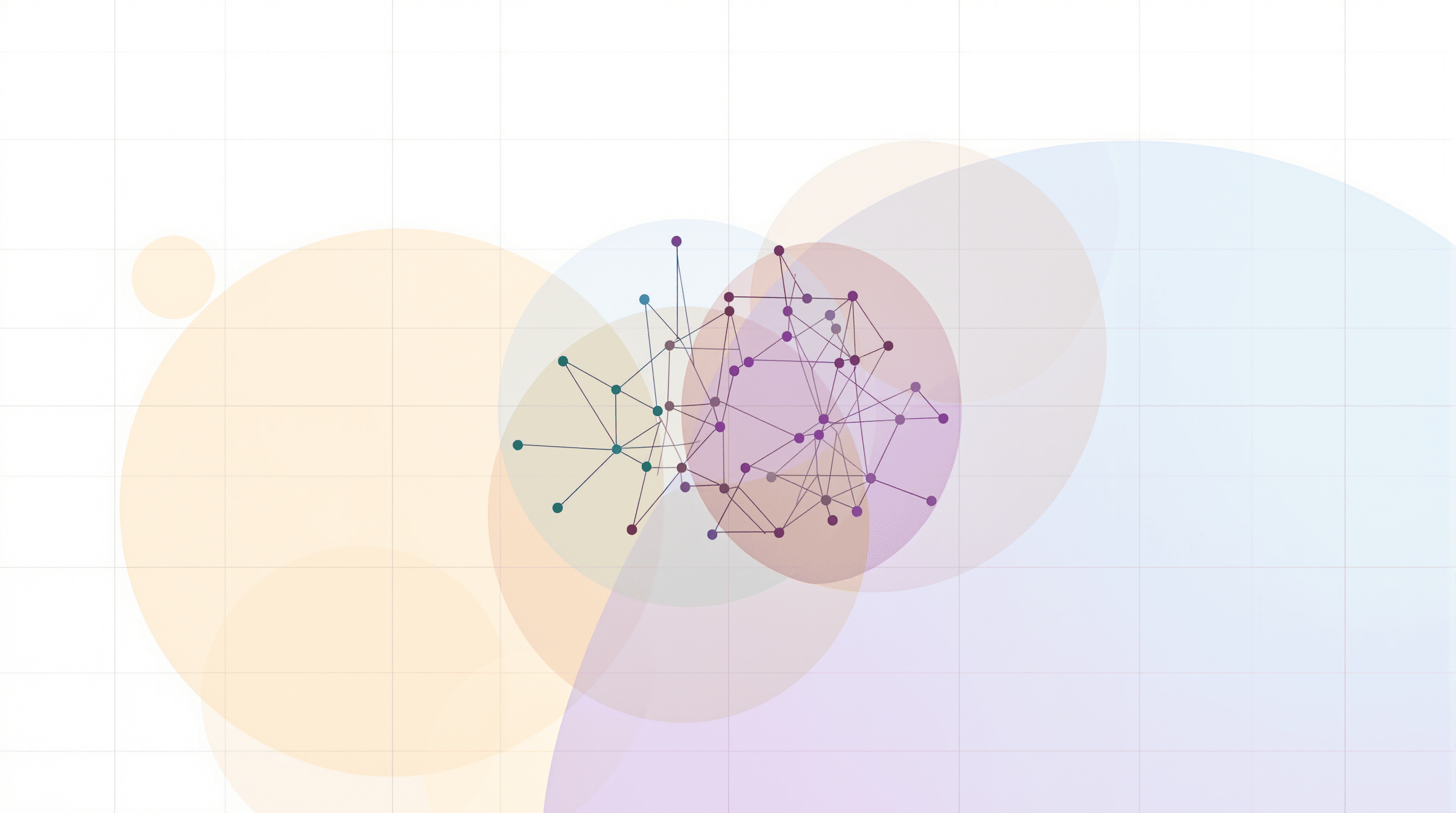When examining a new deal, venture capitalists rely heavily on pattern recognition, connecting dots between past experiences and present opportunities. This ability is widely considered essential to investment success.
But cognitive science research reveals a critical distinction we often miss: the difference between genuine pattern recognition and what might better be termed "pattern projection."
The science of expert judgment
Let's start with what research actually tells us about expert decision-making.
Psychologist Gary Klein's groundbreaking research on naturalistic decision-making showed that experts don't actually analyze situations objectively. Instead, they engage in rapid pattern matching, comparing new scenarios against a mental library of previous experiences.
This Recognition-Primed Decision model explains why experienced investors can often assess opportunities quickly. But it also reveals a vulnerability, i.e. our tendency to project familiar patterns onto new situations regardless of fit.
The empirical evidence on expert decision-making comes from multiple fields. Philip Tetlock's 20-year study of expert predictions, published in his book "Superforecasting," demonstrated that specialists often perform worse than generalists when facing changing environments, precisely because their deeply ingrained patterns become liabilities when contexts shift.
The representativeness heuristic in venture decisions
The psychological mechanism underlying this pattern projection is what Nobel Prize winners Kahneman and Tversky identified as the representativeness heuristic. More specific, our tendency to judge probability based on similarity to mental prototypes rather than actual statistical likelihood.
